Wolf Ammunition is an excellent choice for the high volume shooter as it delivers consistent quality and reliability at a very affordable price. This ammunition features a polymer coating to ensure smooth feeding and extraction. High quality Russian primers deliver reliable ignition and functioning in adverse conditions. This ammunition is new production, non-corrosive, boxer primed, in non-reloadable steel cases. Made in Russia.
Information about the Projectile:
- This ammunition is loaded with a bimetal bullet. Bimetal bullets feature a jacket consisting of alternating sheets of copper and steel, then pressed together. The heat generated from the pressure fuses the sheets of copper and steel together forming a new alloy called bimetal.Technical Information
- Caliber: 223 Remington
- Bullet Weight: 55 Grains
- Bullet Style: Full Metal JacketBallistics Information:
- Muzzle Velocity: 3241 fps


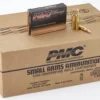
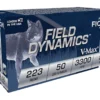
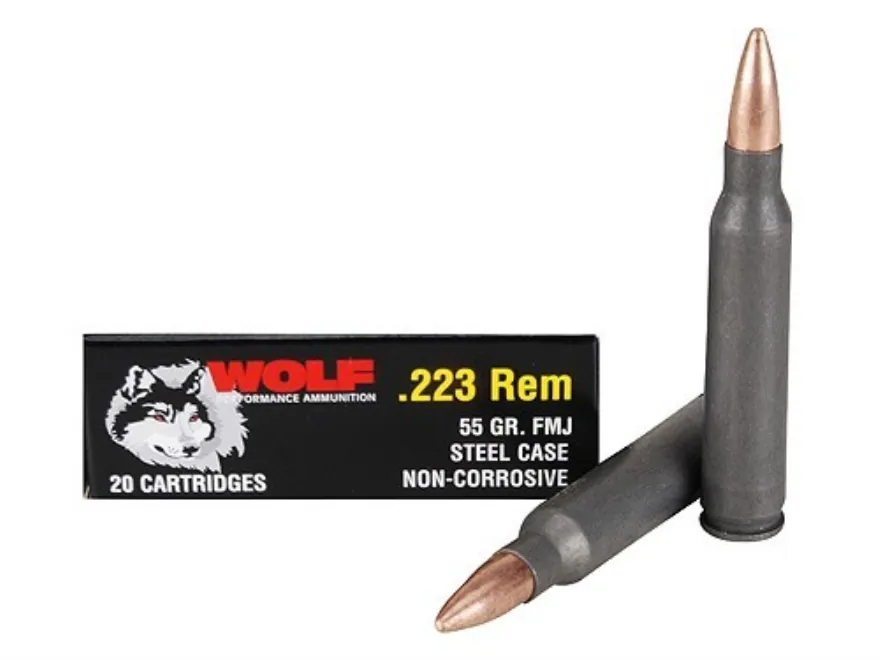

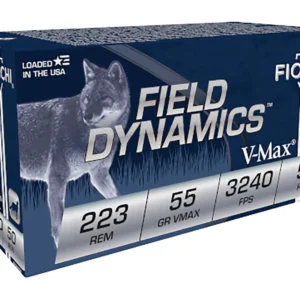

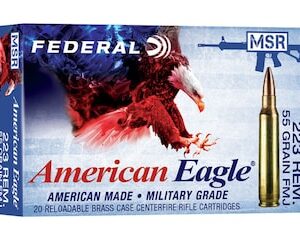

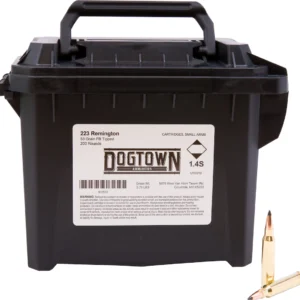
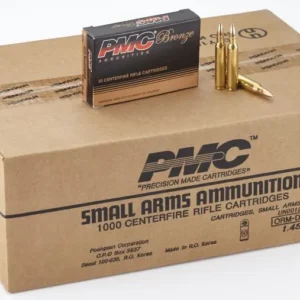

Reviews
There are no reviews yet.